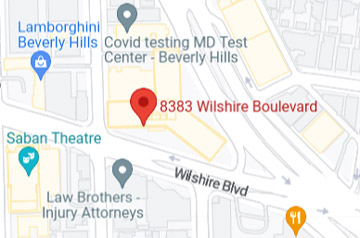The California Lemon Law sets forth the following requirements that a consumer must prove to establish a successful claim:
He/she purchased or leased a vehicle from the manufacturer or one of its authorized dealerships;
The vehicle came with a written warranty issued by the manufacturer;
The vehicle had a defect(s) covered by the warranty that substantially impaired its use, value or safety;
He/she delivered the vehicle to the manufacturer or its authorized dealership for repair of the defect(s);
The manufacturer and/or its authorized dealership failed to repair the defect(s) after a reasonable number of opportunities; and
The manufacturer did not promptly repurchase or replace the vehicle.
The first element is easy to prove. Typically, a purchase contract or lease will suffice to establish that the consumer is the rightful owner or lessee of the vehicle.
The second element is also fairly easy to prove. Almost every new vehicle on the market today comes with a written warranty from the manufacturer. The warranties vary from one manufacturer to another, but the vast majority of them have time and mileage limitations (e.g. 3 years / 36,000 miles, 5 years / 60,000 miles, etc.).
The third element – that vehicle had a defect(s) covered by the warranty that substantially impaired its use, value or safety – is where the majority of disputes regarding California Lemon Law claims arise. Although it is identified as only one element under the California Lemon Law, the third element actually has two prongs.
The first prong requires that a consumer prove that the subject vehicle has a defect covered by the warranty. If the consumer presents the vehicle to the dealership complaining of a problem and the dealership actually performs repairs at no cost to the consumer, it will typically be considered a defect covered by the warranty. Some problems, however, may not be considered defects covered by the warranty. For example, if a problem is caused by an accident, the resulting damage will not be considered a defect covered by the warranty. It is important to note that even if a dealership concludes that a defect is not covered by the warranty, its decision is not always accurate and does not necessarily preclude a claim under the California Lemon Law. There have been countless cases where manufacturers and their dealerships wrongly refused to perform warranty repairs only to later change their minds once a claim has been filed.
The second prong of the third element requires that the covered defect substantially impair the vehicle’s use, value or safety. Any safety or drivability related defect will always be considered substantial. Modern vehicles, however, are equipped with so many useful features, ranging from navigation, automatic windows and “handsfree” connectivity to climate control, rearview cameras and stereos. A failure of almost any feature in a vehicle can rise to the level of a substantial defect.
The fourth element is simple – a consumer need only prove that he/she delivered the vehicle to the manufacturer or its dealership for repair.
For the fifth element, the consumer must establish that the manufacturer or its dealership was unable to fix the defect(s) after a reasonable number of opportunities. “Reasonable number” varies from case to case, but the more egregious the defect, the sooner it should be repaired. A defect that has been the subject of as little as two repair opportunities could give rise to a viable California Lemon Law claim.
The sixth and final element is one of the easier ones to prove because in nearly all cases, the manufacturer failed to repurchase the vehicle. If the consumer is still in possession of the subject vehicle, this element is met.








